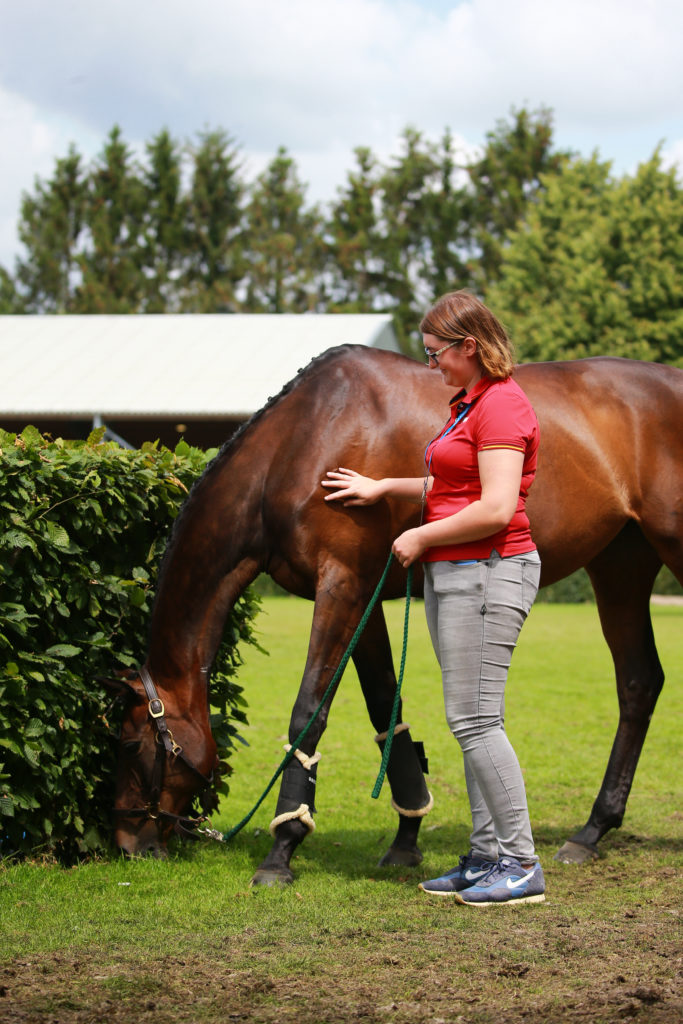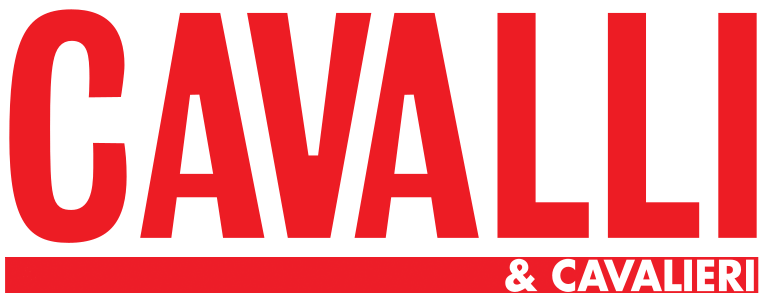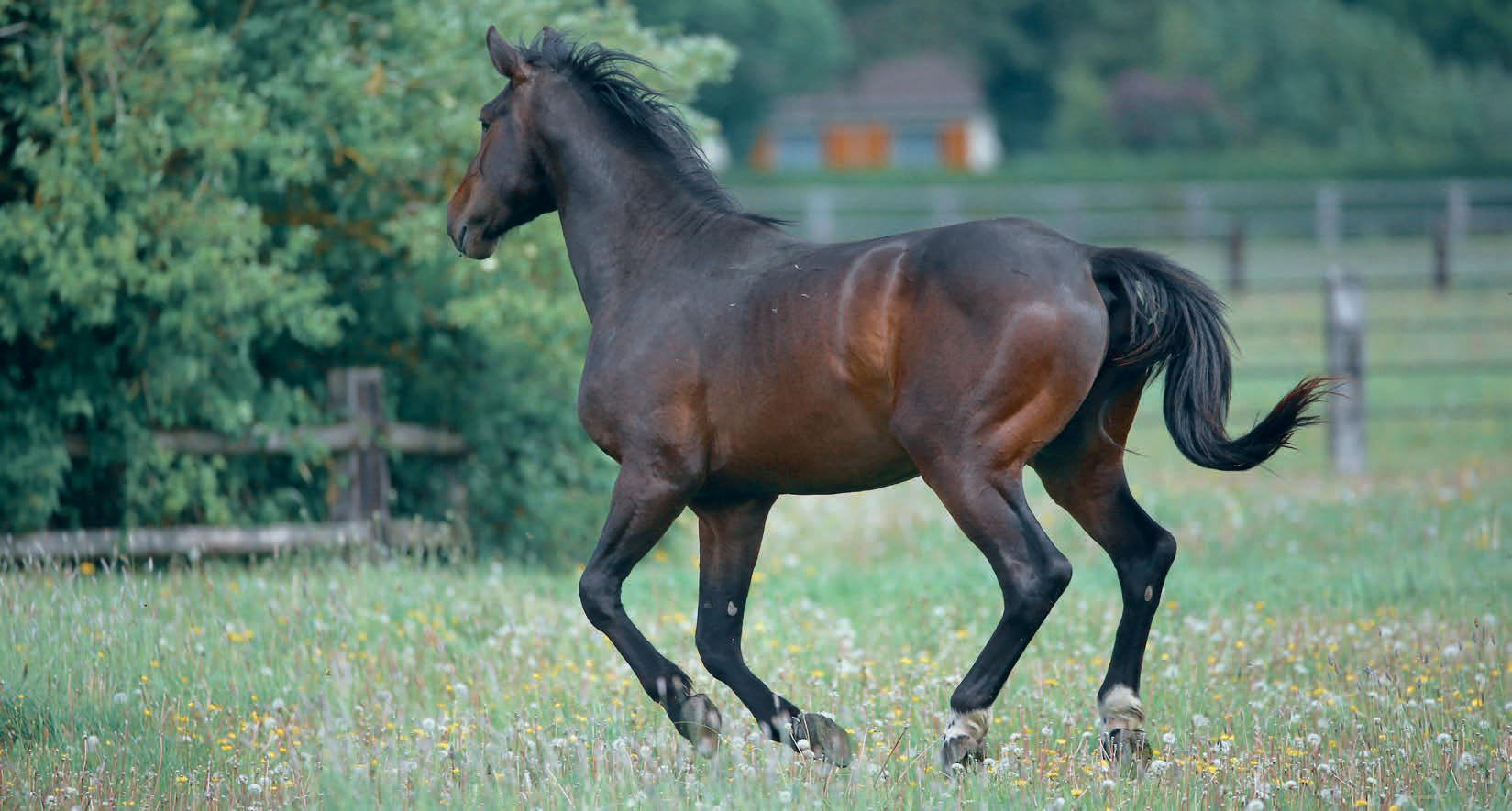Gastritis: How to recognize it and what to do
Article written by Dr. Emanuela Valle – Dept. of Veterinary Sciences, University of Turin
Stomach pain in our horses is a very common issue. Thanks to all recent research in veterinary medicine, we now know that stomach pain is not always the same but can be localised in different areas and present with different symptoms.
Gastritis is the general term used to describe irritation of the stomach lining. It can appear from mild to strong irritation on the stomach walls, and it can also cause actual ulcers where the mucosa appears not only red and inflamed but eroded and ulcerated. Gastritis can be localised in different areas of the stomach and therefore requires different treatments. We can have:
– Ulcers located on the squamous area (part of the stomach that does not produce hydrochloric acid) defined by the English acronym ESGD (Equine Squamous Gastric Disease)
– Ulcers located in the glandular area of the stomach defined as EGGD (Equine Gastric Glandular Disease).

Symptoms of gastritis
A horse with gastritis does not necessarily suffer of recurrent colic, weight loss or dull coat, the most common symptoms.
Often one of the first symptoms of stomach problems are changes in behaviour. We can, in fact, imagine how a feeling of discomfort in the stomach can translate into uncooperative behaviour or even sudden changes in attitude to work or interactions with humans.
The classic symptoms of gastritis are:
– Colic: especially when the horse has his daily portion of hard feed.
–Weight loss: this does not always occur, generally when gastritis is associated with other gastrointestinal problems.
– Inconsistent appetite: horses that were good eaters often lose interest in feed.
–Bad coat: a non-specific symptom of gastritis and horses with stomach issues often still have a healthy coat.
– Poor performance: decreased performance is often associated with gastritis, especially when connected to symptoms such as recurrent colic and behavioural changes.
Changes in behaviour
Among the symptoms, the change in the horse’s behaviour always requires further investigation by the vet. Studies show that horses with gastric ulcers can behave differently from normal.
They tend to be more nervous both on the ground and under the saddle and can have different reactions from their norm.
For example, when the girth is tightened, they start pulling their ears back, biting and kicking. These reactions are always warning signs that something is wrong.
Today we know that some non-specific behavioural disorders have a direct link with gastric ulcers: stress and stomach are in fact related to each other in a complex way. Stereotypical issues such as crib biting and bad behaviour are very often caused by stomach pain and become a long term bad habit.
If the horse becomes uncooperative, irritable, aggressive and defensive, there is certainly a reason, which could be related to stomach pain. We should therefore observe our horse and pay careful attention to signs such as:
– Swishing of the tail
– Intolerance to the use of the legs
– Tilted head or continuous head shaking
– Refusing to go forward
– Lack of impulsion
– Bucking, rearing or refusing
What to do?
First, if we suspect our horse has ulcers, we should consult our vet who will be able to lead us to the diagnosis of the problem in a targeted way. Usually, in addition to medications, when necessary, the vet will advise us:
– Forage: Start administering hay little and often, perhaps with the help of a narrow hay net so that the horse never remains on an empty stomach for more than 4-5 hours.
– Targeted feed: There are specially formulated feeds that have a reduced starch content. In cases of gastric ulcers, it is best to reduce the quantities of cereals and favour fatty and fibrous energy sources.
– Rest: especially during severe cases of ulcers, horses should work less than 5 times a week. They should perform light work every other day, alternating with time in the field. Avoid competing and transportation for at least one month.
– Wellbeing: a horse suffering from stomach pain should do everything that makes horses feel good: being turned out in a herd, socialise, receive unlimited water and forage, have little stress and good quality work.
– Supplements: there are complementary feeds on the market specifically formulated to help the horse’s stomach. They provide nutrients that help buffer the acidic pH of the stomach, protect the gastric mucosa and promote its integrity. They must be administered with the feed at the dosages recommended on the label. They are important in assisting changes in feeding management and the therapy set by the vet.
Photo by Stefano Secchi




